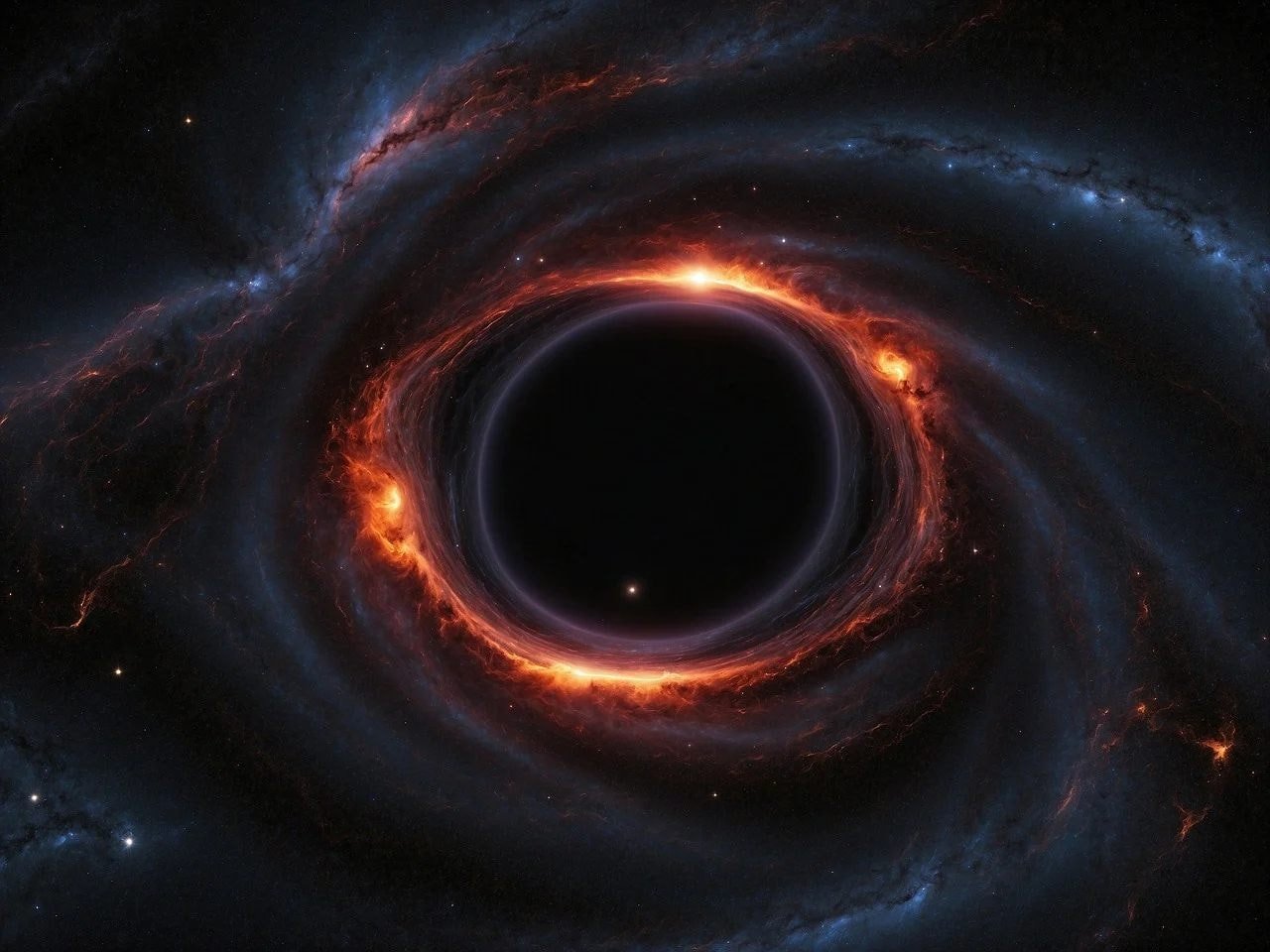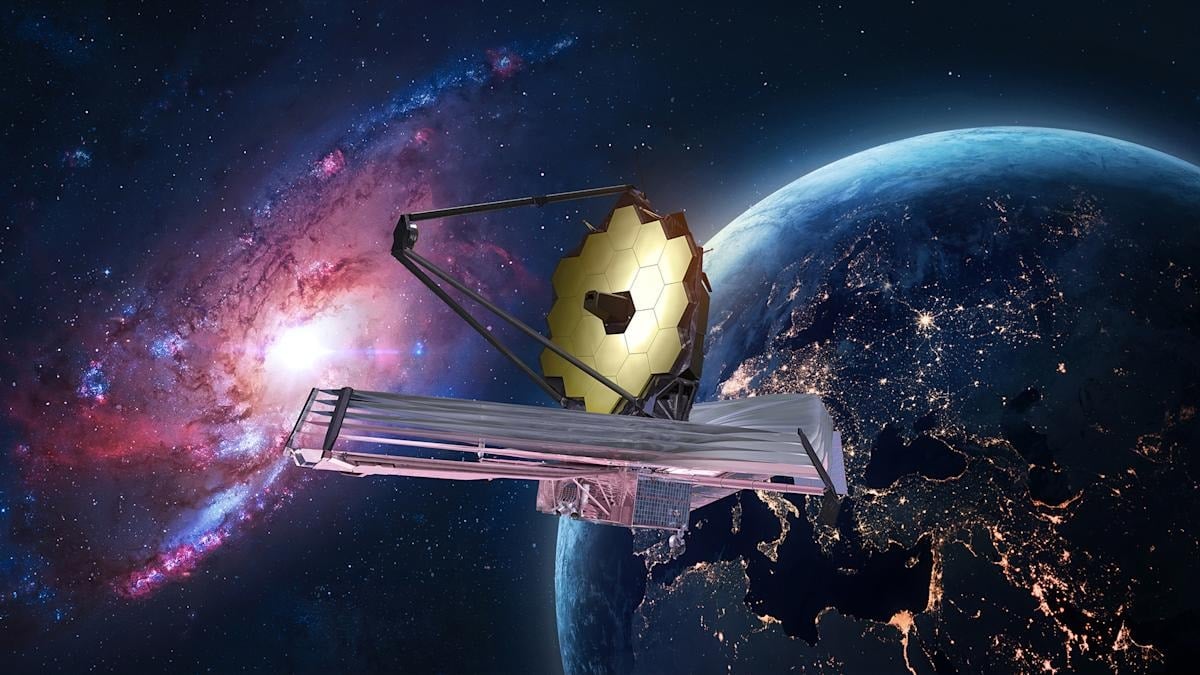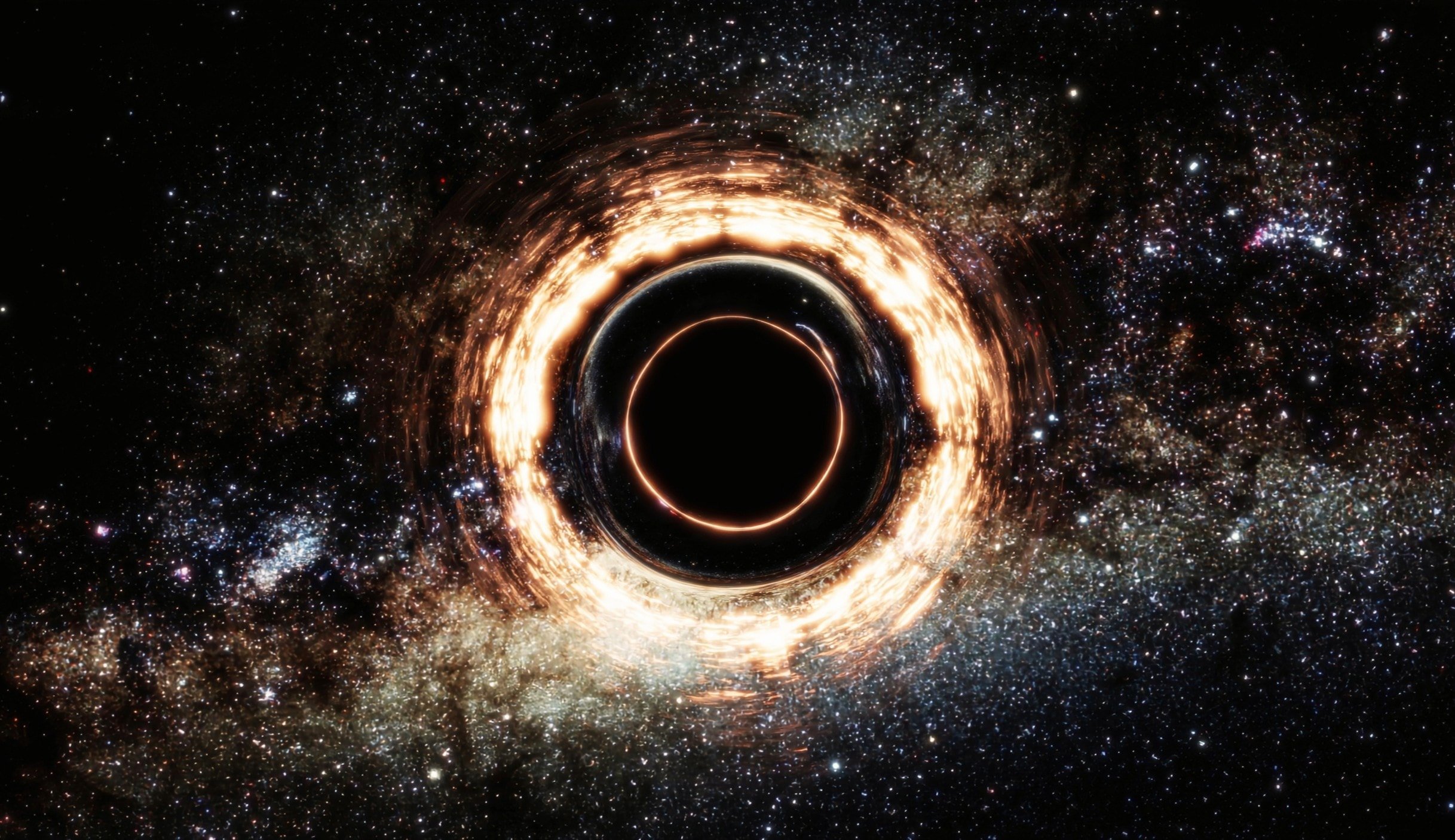Astronomers discover an unusual method for black hole formation: One of the universe's greatest mysteries is being solved

This significant study, conducted by researchers from Yale University and the University of Copenhagen, took place at the centers of two massive, colliding spiral galaxies known as the "Infinity Galaxy." Each of these colliding galaxies harbors a supermassive black hole, and a third black hole with a mass of millions of solar masses was discovered right between them. Such triple black hole systems are considered extremely rare in the universe and a sensational discovery in the scientific community.

New Discovery on the Formation of Black Holes
Traditionally, there are two main theories about how black holes form. The first is the "light core" model, in which small black holes formed by supernova explosions at the end of a star's life cycle merge over time to form larger black holes. However, this model struggles to explain the rapid and large formation of supermassive black holes seen in the early universe.
The second and more recent "heavy core" model predicts the direct collapse of massive gas clouds to form massive black holes. Observations from the James Webb Telescope have revealed that the third black hole discovered in the Infinity Galaxy is perfectly compatible with this heavy core model. This black hole continues to grow by rapidly engulfing the gas and dust around it.

This discovery stems not only from high-precision observations from the James Webb Space Telescope, but also from critical data from the Chandra X-ray Observatory and the Very Large Array radio telescope. These advanced observational instruments have provided detailed analyses of the environmental conditions and gas and dust motions around the black hole. The results indicate that the black hole is actively accreting and rapidly attracting cosmic matter from its surroundings.

Shedding Light on the Early Universe
Scientists emphasize that this unusual triple black hole system offers important clues about black hole formation and galaxy evolution in the early universe. Understanding how supermassive black holes grew so rapidly in the early universe has become one of the most critical questions in astrophysics research.
These unprecedented data from the James Webb Telescope demonstrate that black holes can form in unexpected ways and that the universe contains much more complex structures. Future observations are expected to further deepen our understanding of this subject.
SÖZCÜ





